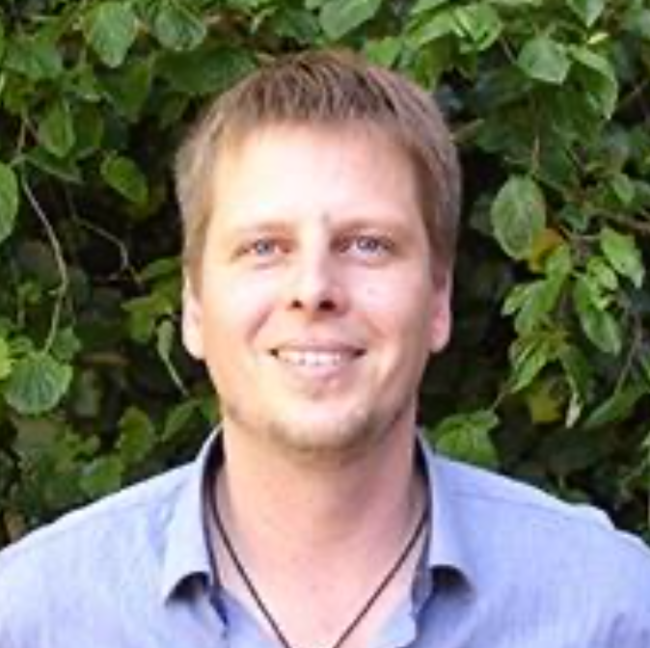Recipe for disaster – synthesizing pyroclastic currents in large-scale experiments
Events | Mechanical Engineering
Recipe for disaster – synthesizing pyroclastic currents in large-scale experiments
November 16, 2020 7:30 AM

Speaker
Lube Gert Professor of Volcanology at Massey University, New Zealand
Location
Via Zoom
Type
Seminar
Recipe for disaster – synthesizing pyroclastic currents in large-scale experiments
Gravity currents are omnipresent in many environmental and industrial situations and occur when a fluid of one density propagates into a fluid of another density. Volcanologists are heavily concerned about the dynamics and hazard behavior of a particular type of volcanic gravity current, which they call pyroclastic density current, or short: pyroclastic current. These frequently occurring hot flows of volcanic ash, rocks and gas race out from volcanoes at high speeds to a few kilometers (and sometimes several tens of kilometers) from source; they are able to surmount significant topographic obstacles destroying everything in their path; and they account for more than a third of volcanic fatalities globally. However, the hostile nature of pyroclastic currents impedes systematic studies of their enigmatic interior and dynamics.
In this seminar, I will provide a brief introduction to the characteristics of pyroclastic currents and their associated hazards. This will examine the dynamics of recent pyroclastic current-forming eruptions in Indonesia, New Zealand, Japan and America. Using these examples, I will try to sketch a snapshot of the current theory- and experiment-based knowledge that underpins current hazard modelling and hazard mitigation strategies to outline: what do we think we know; what do we know; and what do we need to know about pyroclastic currents to save lives?
The remainder of the seminar will explore how the enigmatic behavior of pyroclastic currents can be synthesized and interrogated in large-scale experiments. With sequences of high-speed movies of pyroclastic currents from the PELE laboratory in New Zealand (the Pyroclastic flow Eruption Large-scale Experiment) I will illustrate the results of recent studies that aimed at: clarifying the internal structure of pyroclastic currents; the source of their ferocity; and the mechanisms behind their long runouts. I will also outline how the combination of experimental, computational, theoretical and field approaches to our research can provide pathways towards volcanic hazard models that can be deployed for public safety.
Brief bio: Gert is Professor of Volcanology at Massey University, New Zealand, where he leads the research group Physical Volcanology and Geological Fluid Mechanics including the large-scale international eruption simulation facility PELE. Gert’s research expertise is in Natural Hazard science and Fluid Mechanics with a particular focus on the mechanisms behind transport, sedimentation and hazard impacts of geophysical mass flows, the dynamics of explosive volcanic eruptions and volcano stratigraphy. Gert’s current research foci include the rheology of variably hot and fluidized gas-particle flows with their natural applications to the behaviour of volcanic pyroclastic flows; turbulence in gas-particle suspension flows with the effects of mesoscale turbulence clusters and boundary shear on the internal structure, runout behaviour and sedimentation of natural gravity currents including volcanic currents, powder snow avalanches, dust storms and tornados. For these and other research topics, Gert is typically applying analogue experiments, field studies and computational fluid mechanics to better understand complex volcanic phenomena and granular-fluid flows.